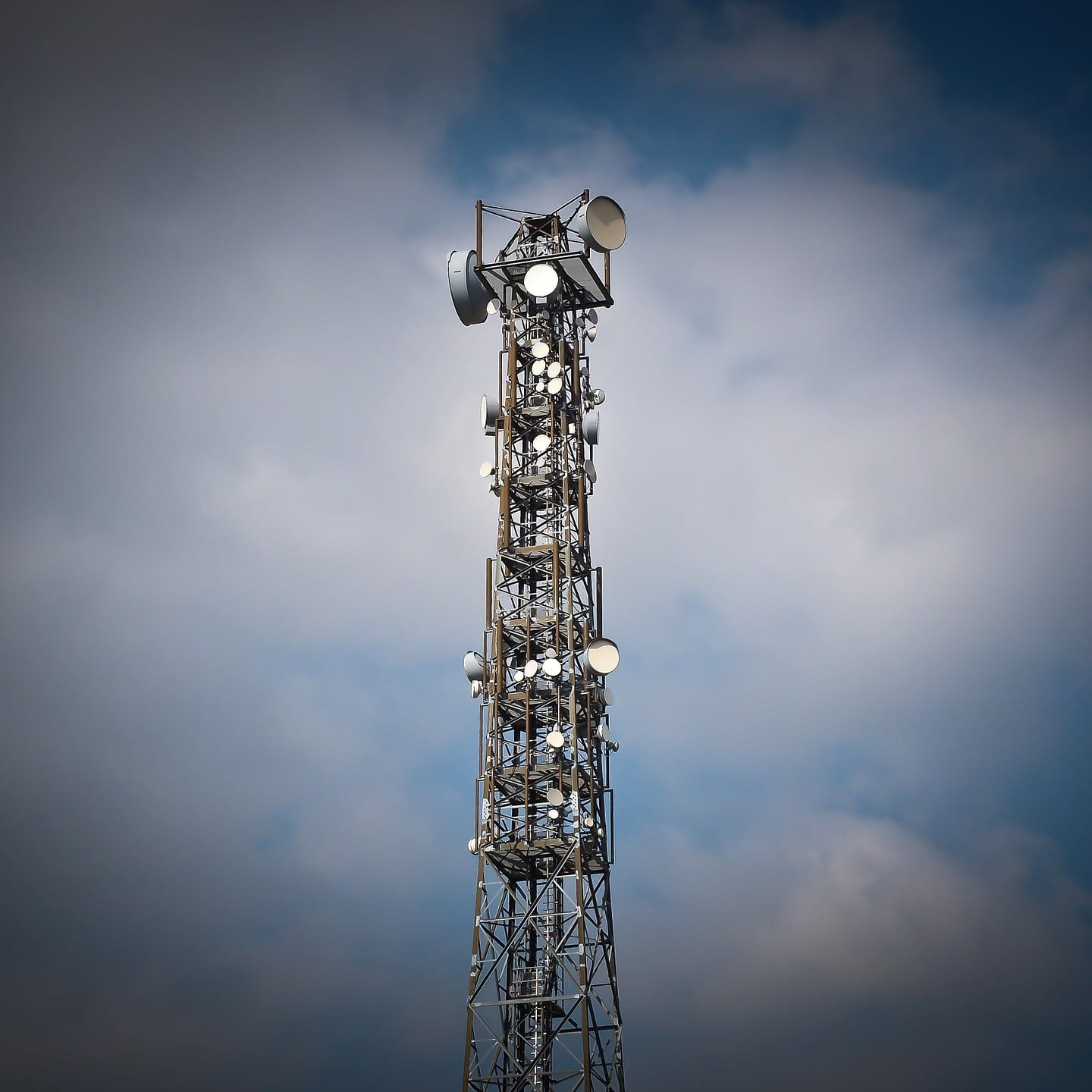
""Dependable broadband is the foundation for economic opportunity, educational equity, and civic participation. Congress intended to purchase dependable broadband with billions in funding," Dr. Jesse Andrews, a postdoctoral researcher at the University of Nebraska-Lincoln, wrote."
"The study found that fiber provided the most satisfaction (3.72 out of 5) and smartphone hotspot the least (2.50). Geostationary satellite, with a medium monthly bill of $90, was the most expensive."
"A second finding is that satisfaction is far lower for households with DSL or satellite than with wired connections, even if comparable speeds are promised."
"The study suggests that a transition from fiber to wireless - a possible outcome of the new BEAD guidelines - could have a significant impact."
The Broadband Equity, Access, and Deployment (BEAD) program has shifted its preference away from fiber networks, prompting a study on the effects of replacing fiber with wireless technology. This research tested six different technologies in 296 rural households across various community types. Results indicated fiber technology ranked highest in user satisfaction, while smartphone hotspots scored lowest. The study highlighted significant latency differences and lower satisfaction levels for DSL and satellite users compared to wired connections. It recommended prioritizing real-world metrics, developing public accountability tools, and tracking technology performance based on service areas.
Read at Telecompetitor
Unable to calculate read time
Collection
[
|
...
]